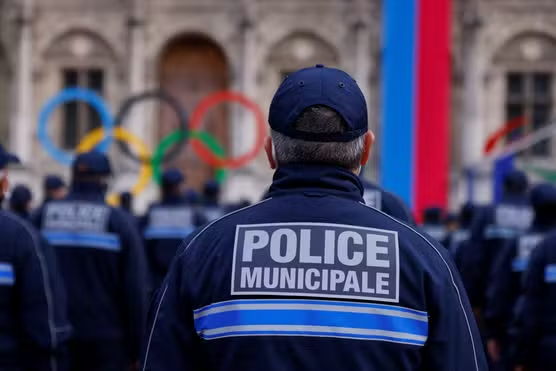
In an effort to enhance public safety and foster stronger ties between residents and law enforcement, Paris is reintroducing a historic concept of community policing: the Îlotiers.
This initiative, named after an old term for community officers, is part of the city’s broader efforts to ensure that all public services are easily accessible within a 15-minute commute, a policy that aims to make Paris a more connected and secure city.
Beginning in mid-March, Paris will assign at least one dedicated police officer to each of the city’s 117 districts. These officers, known as “Îlotiers,” will provide a visible and approachable presence in their designated neighborhoods.
The initiative, driven by Paris’s deputy mayor for security, Nicolas Nordman, is seen as a way to reinforce the “ultra-proximity” model of policing, wherein officers are directly accessible to local residents.
According to Nordman, “Every day, a Parisian needs to see a policeman,” as the reassurance of visible law enforcement on the streets is vital for maintaining safety and fostering a sense of security among Parisians.
The Îlotiers will be responsible for patrolling on foot or by bicycle, ensuring they remain visible and easily approachable to community members.
These officers will not be assigned to traditional patrol cars but will instead focus on direct interactions with residents, giving them an opportunity to connect with people in their neighborhoods.
The officers will be easily identifiable by their badges and can be contacted through an online form on the city hall’s official website. However, rather than offering a direct phone line, the Îlotiers will return calls to arrange meetings with concerned citizens.
Paris’s city hall hopes the initiative will build stronger relationships between the municipal police force and the city’s residents.
As part of their outreach, Îlotiers will attend neighborhood councils, which meet three to four times a year, and will become primary contacts for local business owners and residents’ associations.
The city government aims for these officers to serve as dependable points of contact, addressing safety concerns and supporting community efforts to improve local living conditions.
The Îlotiers program will operate with a team of 206 volunteer officers, each under the jurisdiction of the 20 district mayors in Paris.
The areas covered by these officers vary in size, ranging from smaller districts with just a few thousand residents to densely populated areas housing over 20,000 people.
The initiative is designed to ensure that every part of the city receives attention and that officers are specifically assigned to familiar territories, allowing them to understand local issues and build trust within their communities.
This plan is part of a broader shift towards decentralization of services, with a goal to create a safer, more connected Paris.
The city’s administration is hopeful that by making police presence more visible and accessible, it can help alleviate concerns about crime and increase public trust in law enforcement.
While the Îlotiers initiative seeks to address public safety in a direct and approachable manner, it also represents a broader vision of urban management that aims to integrate policing with community life.
By focusing on proactive engagement with residents, the Îlotiers program reflects a contemporary approach to neighborhood safety that could serve as a model for other cities around the world.
As Paris continues to embrace its “quarter-hour” policy, this initiative will play a key role in shaping the city’s future, offering a more personalized and responsive approach to community safety.